
Where We Be
| Salta, Argentina |
| Profusion of orange flowers in the cabildo |
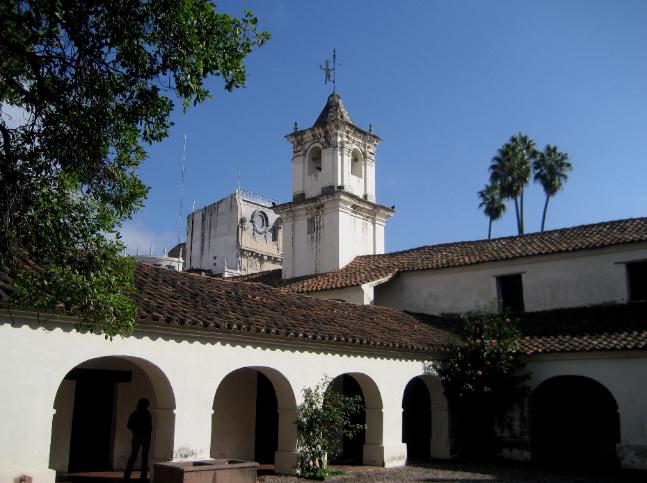
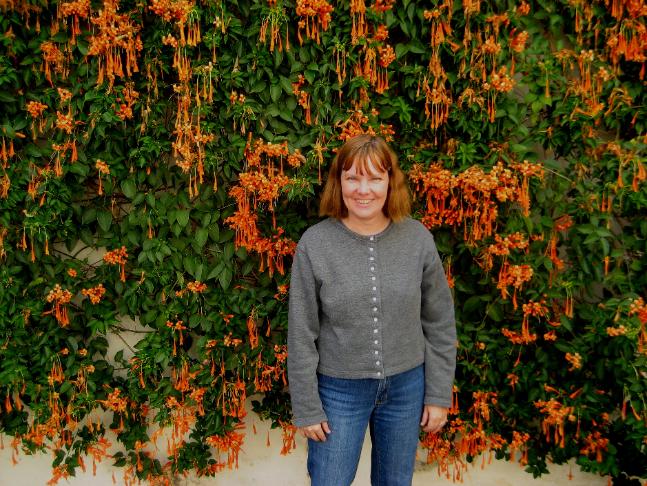
A number of fellow travelers told us we had to visit
Salta in the northwest of Argentina, and we're glad
we did, because our time in Salta – and even more
so the surrounding countryside and the town of
Cafayate – turned out to be a highlight of our trip.
Northern Argentina as a whole feels more like its
neighbors Peru and Bolivia than other parts of
Argentina. There is more Quechuan influence,
more traditional dress, a different style of music
called "folklorico," and spicier food. The scenery is
dry and reminiscent of the desert southwest in the
United States – imagine the multicolored rocks of
Arizona and Utah. That said, the city of Salta itself
feels quite European because most buildings built
by the Spanish in colonial times are still standing.
One fun experience was the all-you-can-eat asado
(barbecue) and folkloric dancing at our hostel for
just $8 US per person. In typical Argentinian
fashion, the asado started at 10 pm!
One of the things we liked best in Salta was the
archaeological museum known as the MAAM. It has
a very particular focus: the child sacrifices the
Incas left on Llullaillaco Peak to the west of Salta.
If interested, I've posted additional info below.
Salta in the northwest of Argentina, and we're glad
we did, because our time in Salta – and even more
so the surrounding countryside and the town of
Cafayate – turned out to be a highlight of our trip.
Northern Argentina as a whole feels more like its
neighbors Peru and Bolivia than other parts of
Argentina. There is more Quechuan influence,
more traditional dress, a different style of music
called "folklorico," and spicier food. The scenery is
dry and reminiscent of the desert southwest in the
United States – imagine the multicolored rocks of
Arizona and Utah. That said, the city of Salta itself
feels quite European because most buildings built
by the Spanish in colonial times are still standing.
One fun experience was the all-you-can-eat asado
(barbecue) and folkloric dancing at our hostel for
just $8 US per person. In typical Argentinian
fashion, the asado started at 10 pm!
One of the things we liked best in Salta was the
archaeological museum known as the MAAM. It has
a very particular focus: the child sacrifices the
Incas left on Llullaillaco Peak to the west of Salta.
If interested, I've posted additional info below.
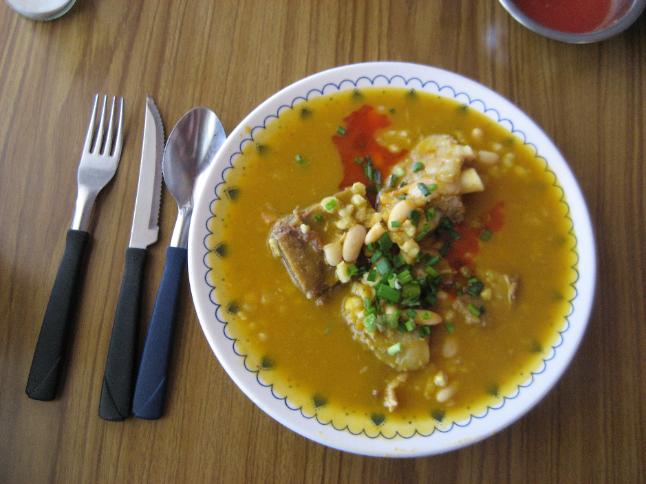
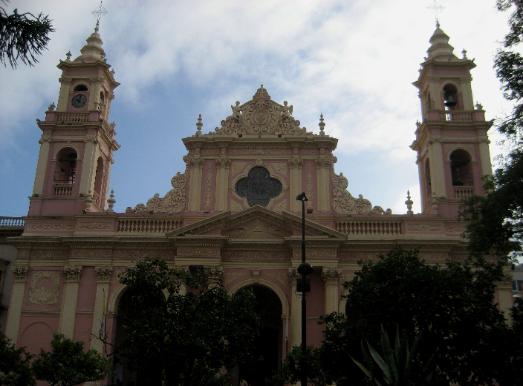
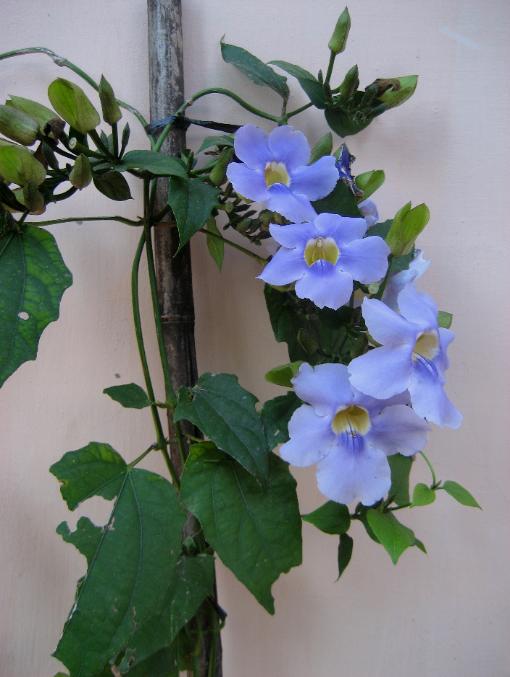
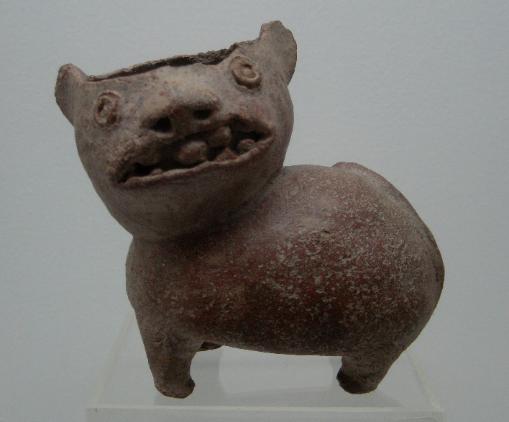
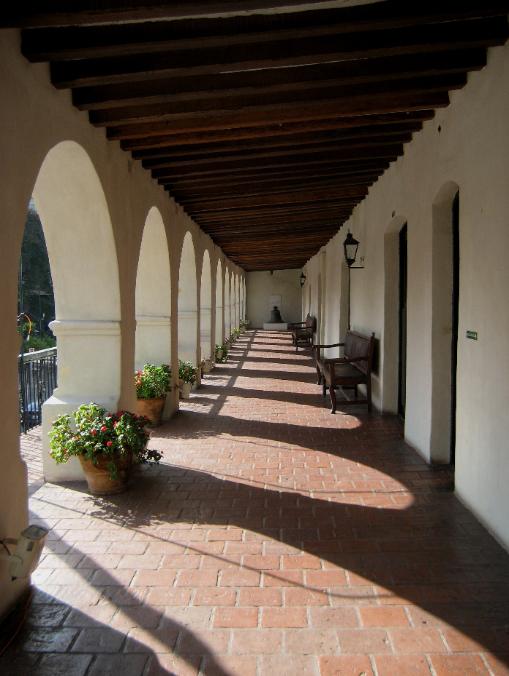
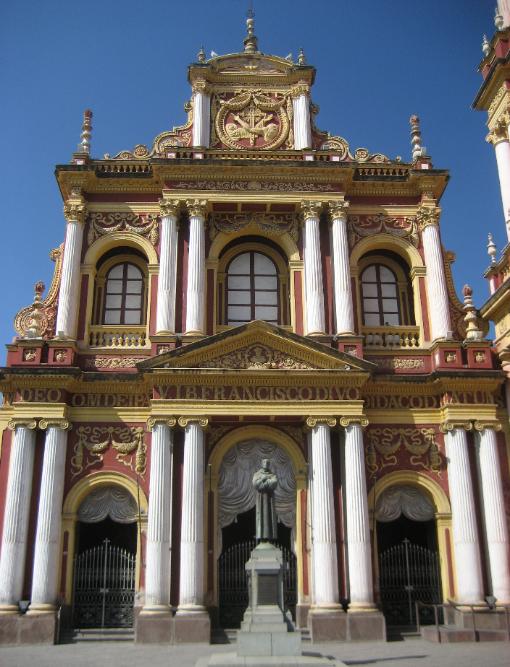
The MAAM is the Museo de Arqueologia de Alta
Montana. Without question the centerpiece of the
MAAM is the three human children recovered from
the archaeological site atop Llullaillaco Peak. The
state of their preservation is beyond belief. The
child currently on display is named La Doncella
(The Maiden), a girl of 15. It was a controversial
decision to display the clothed body but undeniably
powerful to come face to face with this child who
looks like she is simply sleeping. Coming from a
culture that existed some 500 years ago, she looks
like she could just open her eyes at any minute and
stare up at you.
La Doncella's hair is perfectly plaited. Her skin
looks brown and normal. Her face seems peaceful
and in repose. Her clothes are bright and new
looking. She wears jewelry around her neck and a
broach pin on the wrap she wears. The clothing is
reminiscent of the clothing Quechuan women wear
to this very day. It is the closest I think we’ll ever
come to seeing someone from a bygone age
exactly as she looked at the time.
As strange as it undoubtedly sounds to us, it was
considered a great honor to be sacrificed to the
gods and usually involved children from royal or
high-ranking families. They were feted and made a
long journey to Cuzco to meet the Inca emperor
himself. There was an elaborate ceremony with the
emperor, then they had to make a journey in a
straight line (!) back to their home over many
obstacles. This journey could take weeks or
months.
Once home, the children were honored again by
their own village before being accompanied to the
top of the mountain, over 22,000 feet above sea
level, where they were given enough chicha (a
strong beer) that they “fell asleep,” never to
awaken.
The high-altitude burial sites represent the highest
archaeological sites in the world. The combination
of freezing temperatures, low pressure, low
oxygen, and few if any contaminants resulted in the
pristine condition of the bodies as well as the
clothing and funerary objects buried with them.
The delicacy and vibrant colors of the woven cloth
are frankly extraordinary. The ceramic figurines
accompanying the children look like they could
have been made yesterday.
I haven't included pictures of La Doncella on our
website because it's such a personal decision
whether to view her or not. But if you type "La
Doncella" into Google, you will easily find her
image.
Montana. Without question the centerpiece of the
MAAM is the three human children recovered from
the archaeological site atop Llullaillaco Peak. The
state of their preservation is beyond belief. The
child currently on display is named La Doncella
(The Maiden), a girl of 15. It was a controversial
decision to display the clothed body but undeniably
powerful to come face to face with this child who
looks like she is simply sleeping. Coming from a
culture that existed some 500 years ago, she looks
like she could just open her eyes at any minute and
stare up at you.
La Doncella's hair is perfectly plaited. Her skin
looks brown and normal. Her face seems peaceful
and in repose. Her clothes are bright and new
looking. She wears jewelry around her neck and a
broach pin on the wrap she wears. The clothing is
reminiscent of the clothing Quechuan women wear
to this very day. It is the closest I think we’ll ever
come to seeing someone from a bygone age
exactly as she looked at the time.
As strange as it undoubtedly sounds to us, it was
considered a great honor to be sacrificed to the
gods and usually involved children from royal or
high-ranking families. They were feted and made a
long journey to Cuzco to meet the Inca emperor
himself. There was an elaborate ceremony with the
emperor, then they had to make a journey in a
straight line (!) back to their home over many
obstacles. This journey could take weeks or
months.
Once home, the children were honored again by
their own village before being accompanied to the
top of the mountain, over 22,000 feet above sea
level, where they were given enough chicha (a
strong beer) that they “fell asleep,” never to
awaken.
The high-altitude burial sites represent the highest
archaeological sites in the world. The combination
of freezing temperatures, low pressure, low
oxygen, and few if any contaminants resulted in the
pristine condition of the bodies as well as the
clothing and funerary objects buried with them.
The delicacy and vibrant colors of the woven cloth
are frankly extraordinary. The ceramic figurines
accompanying the children look like they could
have been made yesterday.
I haven't included pictures of La Doncella on our
website because it's such a personal decision
whether to view her or not. But if you type "La
Doncella" into Google, you will easily find her
image.
| The cabildo is one of the most important colonial buildings in Salta |
| La Doncella (The Maiden) |
| Locro is a traditional spicy stew of maize, lima-like beans, and (of course) meat |
| Gorgeous flowers growing at our hostel (Hostel Salta Por Siempre) |
| Cloistered hallway on a sunlit day |
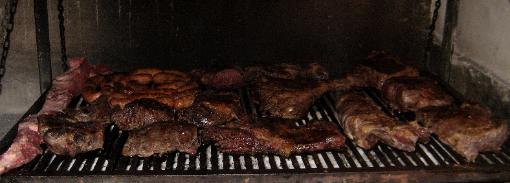
| The Church of San Francisco is one of the architectural highlights of the city |
| We both liked this small statue of a comical-looking...what? dog? pig? made by an indigenous settler near present-day Salta long before the Spanish arrived |
| We enjoyed a traditional "asado" (barbecue) at our hostel one evening for the equivalent of $8 US pp |
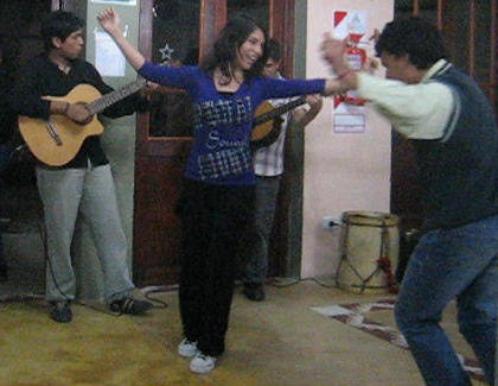
| Salta is famous for its intact colonial architecture |
| There was traditional "folklorico" music and dancing after the asado |